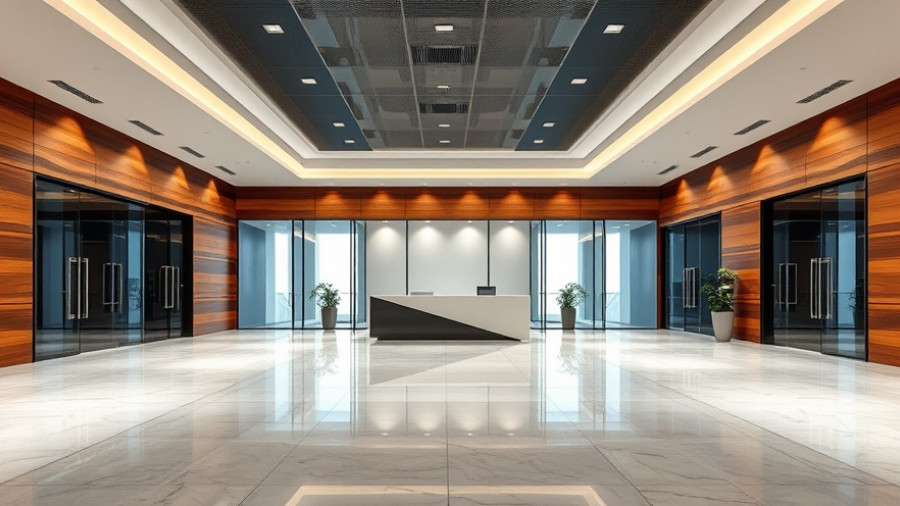
Construction Job Growth in a Tax-Friendly Landscape
The construction industry is embarking on a transformative journey, underpinned by significant policy changes and vibrant labor market indicators. July saw President Trump enact H.R. 1, the "One Big Beautiful Bill," intended to rejuvenate sectors like construction. This tax reform package has garnered praise from organizations such as the Associated Builders and Contractors (ABC), who view it as an essential win for contractors and skilled trades. In tandem with these legislative shifts, June experienced a notable uptick in employment within the sector, adding 15,000 new jobs—an encouraging sign as we navigate the second half of the year.
New Employment Statistics Show Sector Resilience
According to analysis from ABC using the latest Bureau of Labor Statistics data, the construction sector's employment expanded by 15,000 positions in June, with specialty trade contractors fueling this growth by creating 12,400 jobs. Nonresidential employment, crucial for urban development and commercial expansions, also witnessed gains, adding 9,200 more jobs. This positive trend comes as the sector's unemployment rate dipped to a remarkable 3.4 percent, lower than the national average of 4.1 percent. With a year-on-year addition of 121,000 construction jobs, the industry exhibits a robust performance, defying broader economic uncertainties.
Tax Reforms: A Boost for Contractors and Developers
The legislative changes introduced by the "One Big Beautiful Bill" present several tax advantages for construction firms, particularly small businesses classified as pass-through entities. The reform includes a permanent establishment for Section 199A, enabling a 20 percent reduction on qualified business income and the revival of 100 percent bonus depreciation for equipment purchases. This immediate expensing provision is a game-changer for a sector that thrives on rapid advancements in technology and efficiency. Through these reforms, contractors can invest back into their businesses by hiring more skilled labor and acquiring state-of-the-art equipment.
Affordable Housing Initiatives and Future Employment Opportunities
The newly extended Low-Income Housing Tax Credit is a highlight of the tax reform, projected to catalyze the development of over one million affordable housing units through 2035. This influx of residential and mixed-use projects is anticipated to not only bolster job security in construction but also mitigate the pervasive housing crisis affecting many urban areas today. As the construction landscape evolves, accessible training programs are also being introduced to address labor shortages. The broader applicability of 529 savings plans now includes programs for apprenticeships and skills certifications, ensuring a steady influx of trained professionals into the market.
Navigating Economic Challenges Ahead
While the construction industry may bask in the glow of recent job growth and favorable tax reforms, it must also remain vigilant. Chief Economist Anirban Basu warns that rising material costs, tariffs, and increased borrowing rates are tightening contractor backlogs. Effective cost management and keen pricing strategies will be vital in sustaining this momentum. As the sector gears up for a potentially booming latter half of the year, stakeholders must plan responsibly, balancing growth with financial viability.
Final Thoughts: Why This Matters to You
The expansive growth in the construction industry—bolstered by favorable reforms—presents a unique opportunity for business owners, property developers, and facility managers. As the sector gears up for expansive projects and innovations, staying well-informed about these changes can directly affect your business strategies and outcomes. Leverage this momentum for competitive advantage, ensuring sustainable practices remain at the forefront while you drive your next projects forward.
 Add Row
Add Row  Add
Add 




Write A Comment